On November 29, 2025, the project “Traditional Chinese Tea-making Skills and Related Customs” submitted by our country was reviewed and approved by the Intergovernmental Committee for the Safeguarding of the Intangible Cultural Heritage of UNESCO and included in the Representative List of the Intangible Cultural Heritage of Humanity of UNESCO.
In order to enhance public awareness of traditional Tea-making skills and related customs, raise the consciousness of the importance of protecting intangible cultural heritage related to tea, increase national pride, and boost cultural confidence, we will share with you 44 items of intangible cultural heritage (including 39 traditional tea-making skills and 5 folk-related intangible cultural heritages) in the coming days.
Last time, we introduced Tan Yang Gongfu tea, and this time we will continue with an introduction to Ning Hong tea ——
I. Origin of the Name Ning Hong Tea
Ning Hong is one of China's renowned Gongfu black teas, often praised as “the best among Chinese teas, with prices topping the world.” This tea originated from Manjiang Township, Xiushui County, Jiangxi Province. As Xiushui was formerly known as Fenning, Yining, and Ningzhou, the Black Tea produced there is called Ning Hong Gongfu tea, abbreviated as “Ning Hong.” Mr. Wu Jue Nong once inscribed: “Ningzhou Black Tea has a reputation across China. Strive for innovation, and maintain its excellence for eternity.”
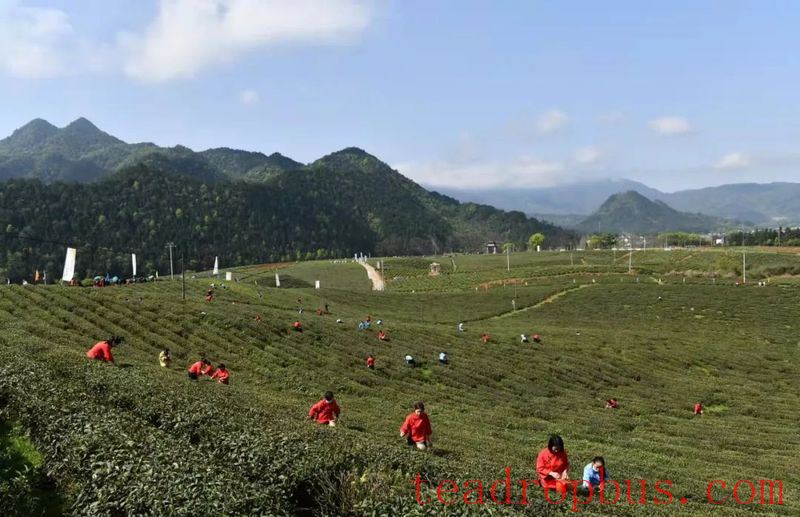
Scenery of Xiushui tea gardens
II. Processing Techniques of Ning Hong Tea
The primary processing techniques of Ning Hong tea are divided into five steps: withering, rolling, breaking up, fermentation, and drying.

Withering: There are three methods – natural, sun-drying, and heat-assisted. The purpose is to release moisture and grassy odors.
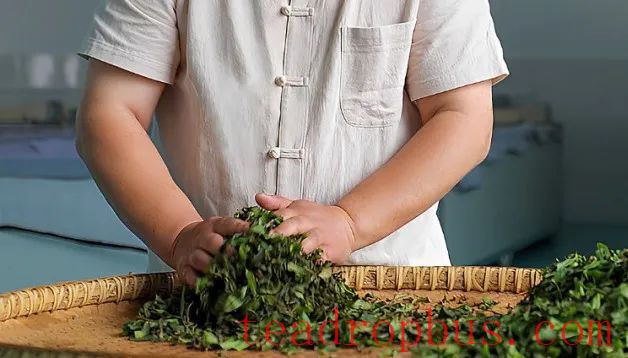
Rolling: Tightens the withered leaves into strips, breaks the cells, and releases leaf juices, promoting fermentation.
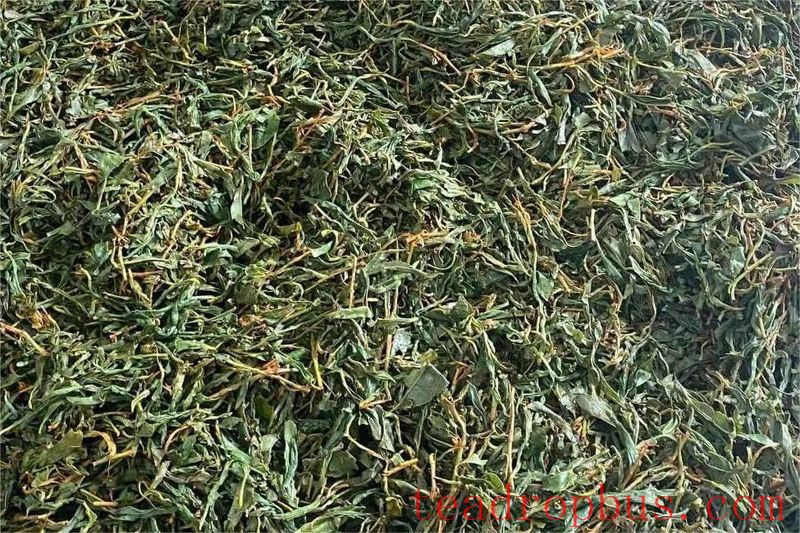
Breaking up: Breaks apart the clumps formed during rolling, making the rolled leaves uniform and facilitating air circulation for fermentation.
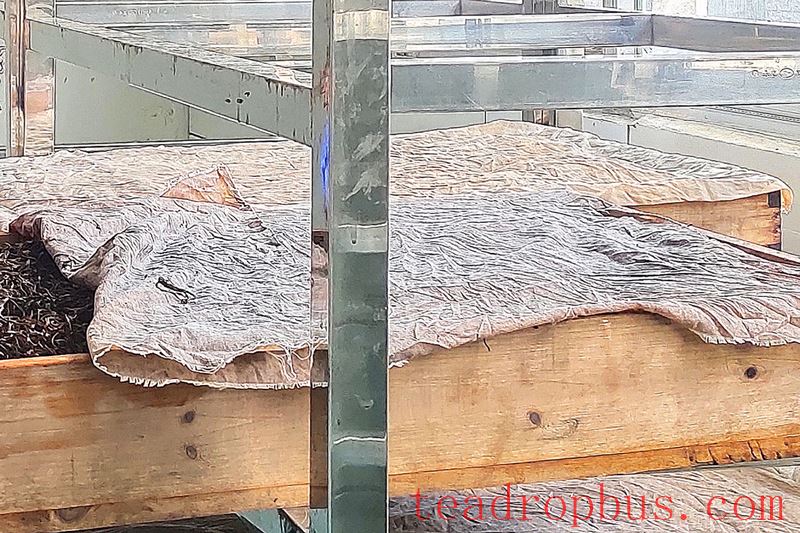
Fermentation: Enhances enzyme activity, promotes oxidation of polyphenols, forms a rich tea aroma, and yields red leaves and red liquor.
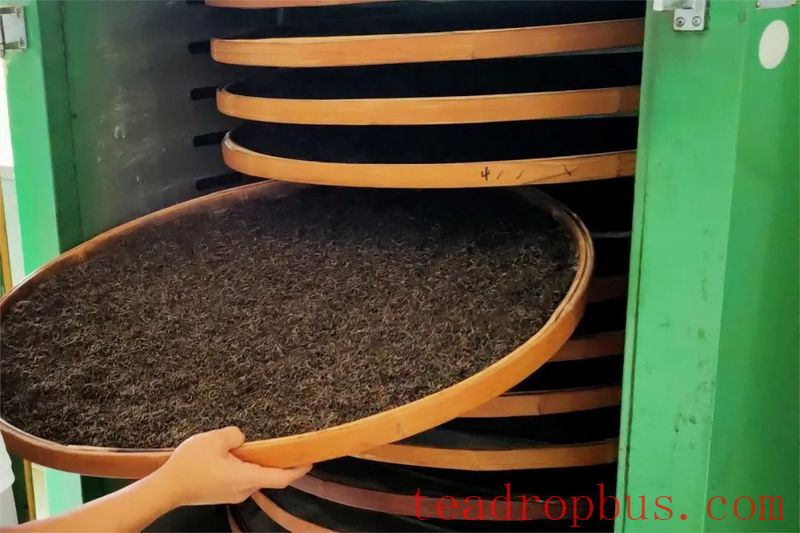
Drying: Inhibits enzyme activity, stops fermentation, and reduces moisture content to within 6%.
The finishing process of Ning Hong tea includes material selection, sieving, wind sorting, cutting, hand picking, re-drying, and final drying.
Material Selection: Based on the grade of the finished product, determine the grade and quantity of raw Ning Hong Gongfu tea.
Sieving: Use round or sifting machines to separate the leaves by length, size, thickness, and shape.
Wind Sorting: Use wind sorting machines to separate the leaves by weight, removing yellow pieces, dust, fragments, and other lightweight impurities.
Cutting: Use roller cutting, tooth cutting, circular cutting, flaking, and grinding to adjust the shape of long, thick, folded, curved, hooked, and round leaves, improving the finishing rate.
Hand Picking: Use manual picking, step stem pickers, electrostatic stem pickers, color sorters, etc., to remove coarse old stems, fine fibers, loose yellow pieces, tea seeds, stems, and other impurities and non-tea substances.
Re-Drying and Final Drying: If the moisture content of the raw tea before finishing is high, re-drying is required; after finishing, final drying must be performed to control the moisture content below 6.5%.
III. Quality Characteristics of Ning Hong Tea
The quality characteristics of Ning Hong tea are:
“Tightly rolled, straight and pointed, with a lustrous dark color.”
“Bright reddish-golden liquor with a fresh, sweet, and fragrant floral and fruity aroma.”
“Smooth and refreshing taste with a lingering sweetness, and tender, uniformly red leaf bottom.”
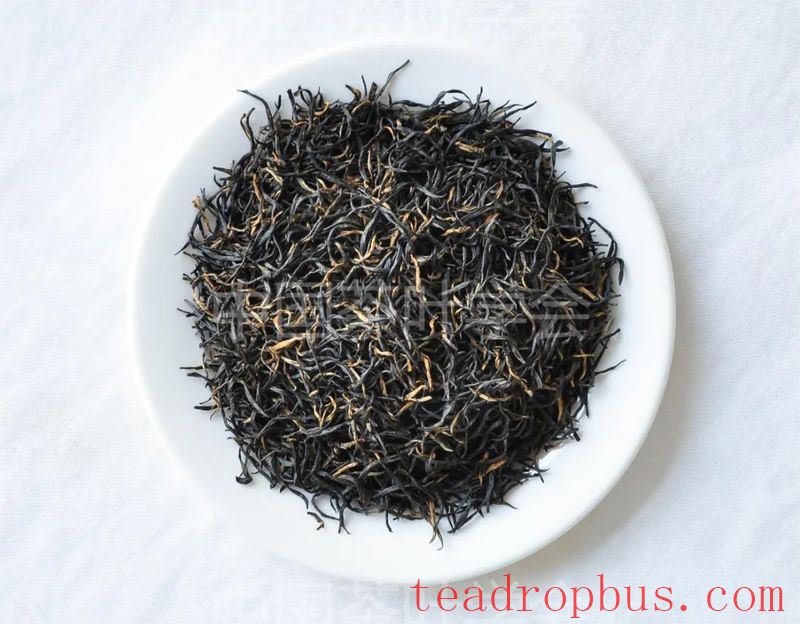
△Dry tea

△Liquor
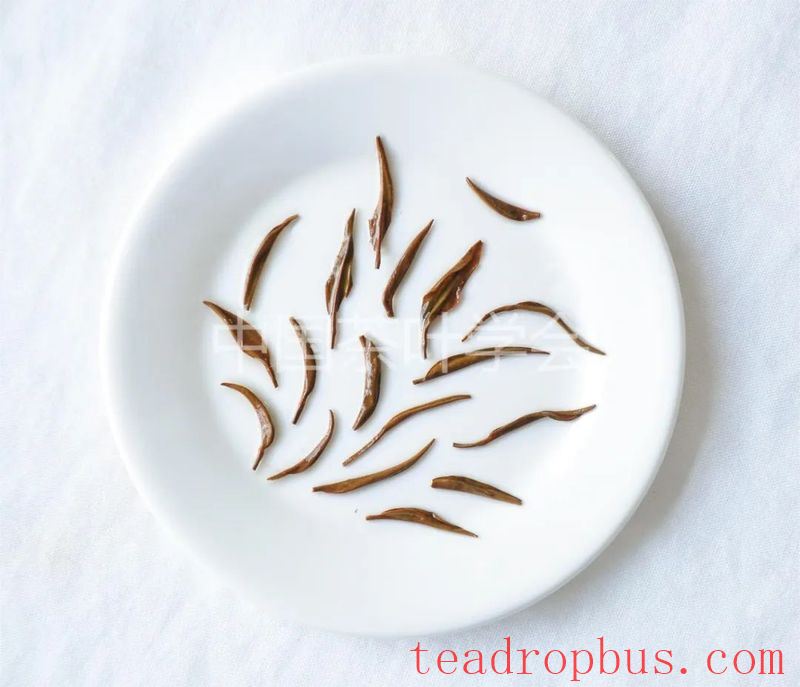
△Leaf bottom
In addition to loose-leaf tea, there are two specially made types of Ning Hong tea:
① Ning Hong Longxu Tea: Also known as “Ning Hong Bundled Tea,” it is a special-shaped Gongfu black tea, named for its “red robe and appearance like a beard.” This tea is carefully selected, finely crafted, uniquely styled, and of excellent quality. During the Qing dynasty, it was used as a topping tea on export tea chests as a good omen and identifier. Its main processes include withering, rolling, fermentation, red pan, bundling, drying, and flower bundling.
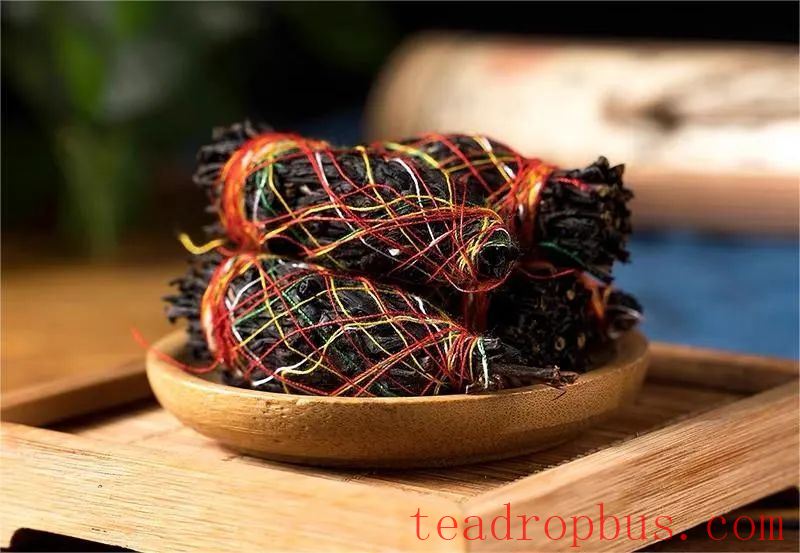
② Ning Hong Golden Tips: This is a premium top-grade Ning Hong Gongfu tea, innovated based on traditional Ning Hong Gongfu tea production techniques, primarily handmade with some machine operations.
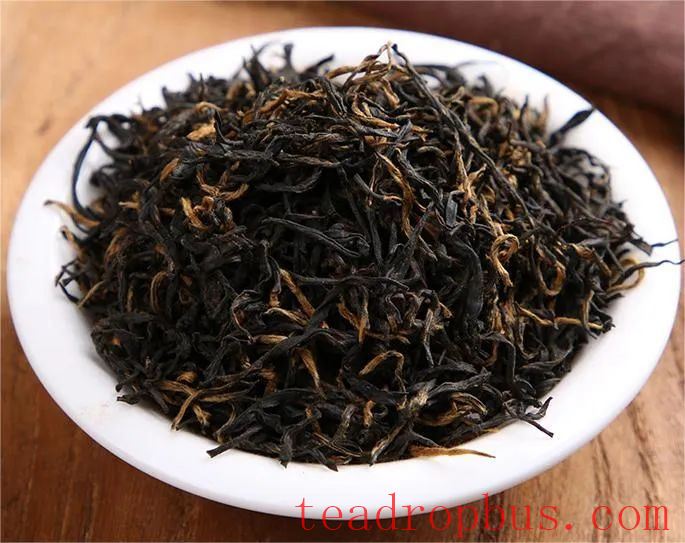
Author: Researcher Wu Dongsheng, former Party Secretary of the Xiushui Tea Science Research Institute of Jiujiang City, Deputy Chairman of the Jiangxi Tea Society